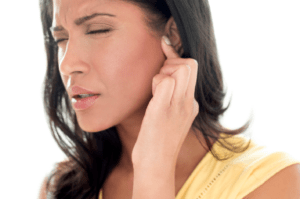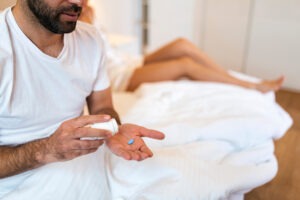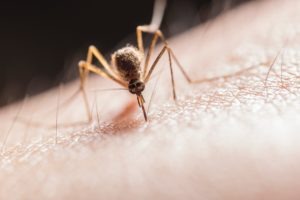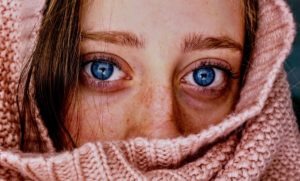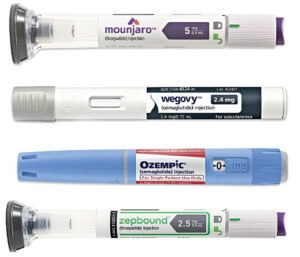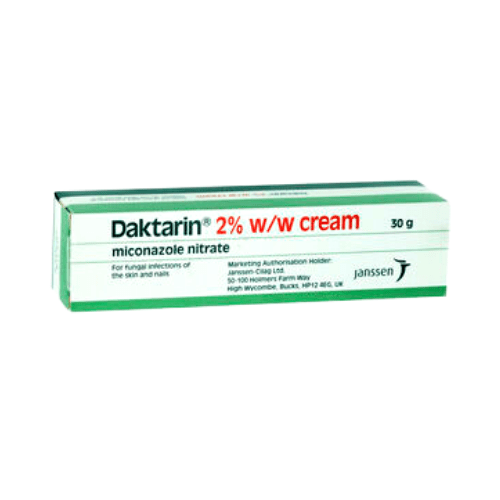Daktarin cream contains the active ingredient miconazole nitrate. Miconazole is an antifungal treatment that works to kills fungi that are responsible for infections on the trunk of the body, nails, hands or feet, scalp or outer ear and the groin. Daktarin cream can clear fungal infections within 7-10 days.
Daktarin cream can be used to treat fungal skin and nail infections in children and adults. It can be used to treat the following:
- Thrush (candidiasis)
- Athletes foot
- Ringworm
- Fungal nail infections
- Pityriasis
- Jock itch
- Nappy rash
Always use this medicine exactly as described in the enclosed leaflet or as your doctor or pharmacist prescribed.
- Rub the cream gently into the affected area and surrounding skin with clean fingers
- Do not put Daktarin cream into or near the eyes - it is for use on the skin and nails only
- Do not swallow the cream
For skin infections
- Use the cream twice a day - once in the morning and again at night.
- Keep using the cream for at least 7 days after all signs of infection have gone away, preventing the infection from coming back.
For nail infections
- Use the cream once or twice a day as per your prescription.
- Keep using the cream for 10 days after all signs of infection have gone away, preventing the infection from coming back.
Personal hygiene
- Unless the affected skin is on your hands, wash your hands with soap and water after using the cream, this will stop you from spreading the
infection to other parts of your body or to other people.
- Do not allow other people to use your towel.
- Clothing that touches infected skin should be washed and changed often.
- Do not use a double dose of cream to make up for a forgotten dose
The active substance is miconazole nitrate. Each gram (g) of Daktarin cream contains 20 milligrams (mg) of miconazole nitrate (2 % w/w). The other ingredients are water, PEG-6, PEG-32 and glycol stearate, oleoyl macroglycerides, liquid paraffin, benzoic acid (E210) and butylated hydroxyanisole (E320).
Like all medicines, this medicine can cause side effects, although not everybody gets them. Stop using Daktarin cream and tell your doctor straight away if you notice any of the following side effects.
- Swelling of the face, tongue or throat, difficulty swallowing or difficulty breathing
- Hives (also known as nettle rash or urticaria), severe irritation, reddening or blistering of your skin.
- Burning sensation, itching, redness, or rash on the skin
- Local irritation of the treated area.


